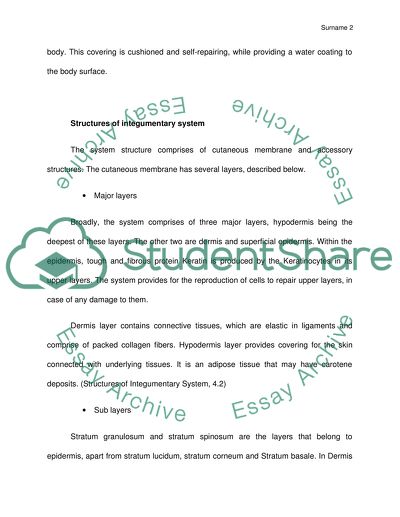Cite this document
(“The Integumentary System Essay Example | Topics and Well Written Essays - 1000 words”, n.d.)
Retrieved from https://studentshare.org/health-sciences-medicine/1476179-the-integumentary-system
Retrieved from https://studentshare.org/health-sciences-medicine/1476179-the-integumentary-system
(The Integumentary System Essay Example | Topics and Well Written Essays - 1000 Words)
https://studentshare.org/health-sciences-medicine/1476179-the-integumentary-system.
https://studentshare.org/health-sciences-medicine/1476179-the-integumentary-system.
“The Integumentary System Essay Example | Topics and Well Written Essays - 1000 Words”, n.d. https://studentshare.org/health-sciences-medicine/1476179-the-integumentary-system.


